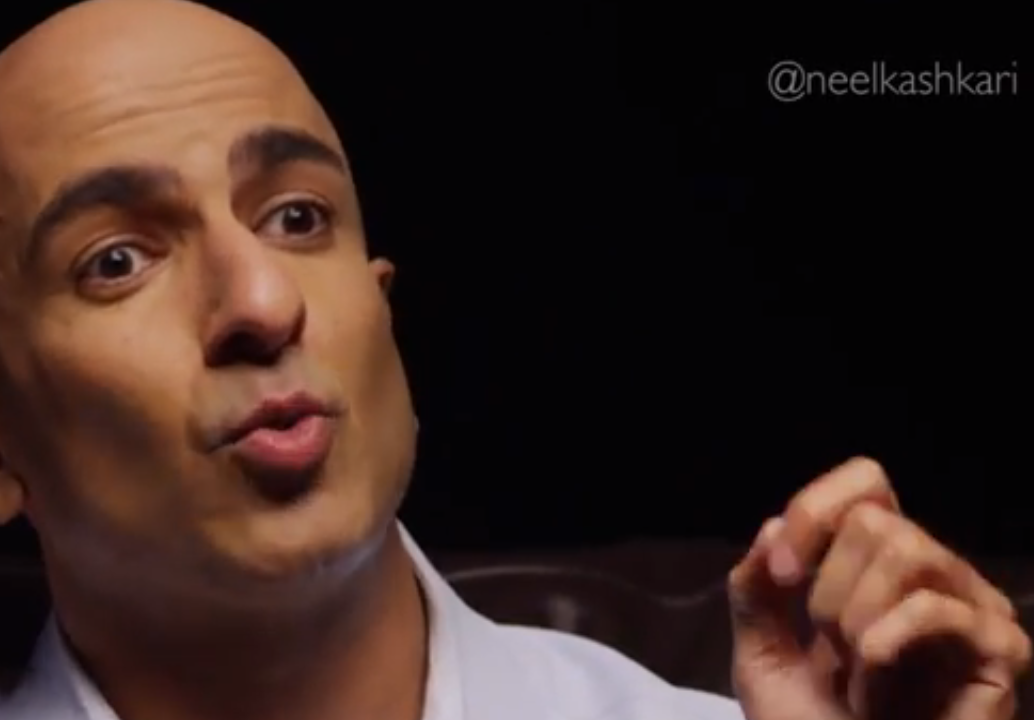The new buzz in the Beltway is the emergence–or, rather, return–of the “reform conservatives.” Politico’s David Nather reports that these “policy wonks” share a desire to “move the GOP beyond its Reagan-era script of cutting taxes and shrinking government and toward a focus on what a more limited government can and should do, especially for the middle class,” and are aiming to shape the 2016 presidential race with their ideas.
Those involved in the “reform conservative” movement include many of the best and brightest conservative thinkers. Many had first hoped to repair the Republican agenda in the waning years of the Bush administration, when the Democrats’ platform for a larger and more active federal government seemed to have attracted the attention of voters, and the GOP seemed to be several years behind in crafting a response that could compete.
What these reformers failed to anticipate, however, was just how radical the Democrats’ agenda would be–and how urgent a response would be needed. The “reform conservative” agenda was quickly overshadowed by a president who believed that “only government” could solve the country’s problems, and by the new Tea Party movement that sprang up to meet the challenge by rallying popular opposition to the stimulus and Obamacare.
Many of the “reform conservative” thinkers understood the new circumstances, although some resisted the new conservative revival–bitterly, at times.
For some, the spirit behind “reform” was the conviction that they, rather than their liberal peers, could in fact be trusted to run an expansive state. For others, the purpose remained to transcend what they saw as a crude individualism in favor of a communitarianism infused with religious values.
At its best, the “reform conservative” movement aims to provide a governing agenda for the Republican Party–a task that was postponed because of the acute need for an opposition agenda.
Indeed, one of the reasons that the “reform” movement is coming back is that the new opposition was largely successful in restraining the broader ambitions of Obama’s statists (though rather unsuccessful in reversing the policies Obama managed to enact).
Though it is, by now, a midterm-election cliché to urge the GOP to say what it is “for” rather than just what it is against, it is true that some “reform” thinking is long overdue.
California’s Republicans are a case in point.
California is a state where government has been instrumental to the success of the private sector–through the creation of dams and aqueducts; in the postwar defense industry; in the funding for research that has spurred breakthroughs at dozens of universities; and so on. But today’s California Democrats envision a state that controls private activity, using it not as an engine of growth but merely as a way to fund welfare and pensions.
GOP Assemblyman Tim Donnelly lost last week’s primary with a pure “liberty” agenda, but former Treasury official Neel Kashkari barely survived after failing to distinguish his ideas from those of Gov. Jerry Brown.
The “reform conservative” movement, thus far, has failed to distinguish itself sufficiently from the liberal model because it regards citizens–especially in the so-called “middle class”–primarily as consumers of government services.
There is an elitism, ironically, in the pitch “reform conservatives” are making for a more populist GOP. Their policy ideas are helpful as 2016 approaches, but for vision, Republicans will still have to look elsewhere.

COMMENTS
Please let us know if you're having issues with commenting.